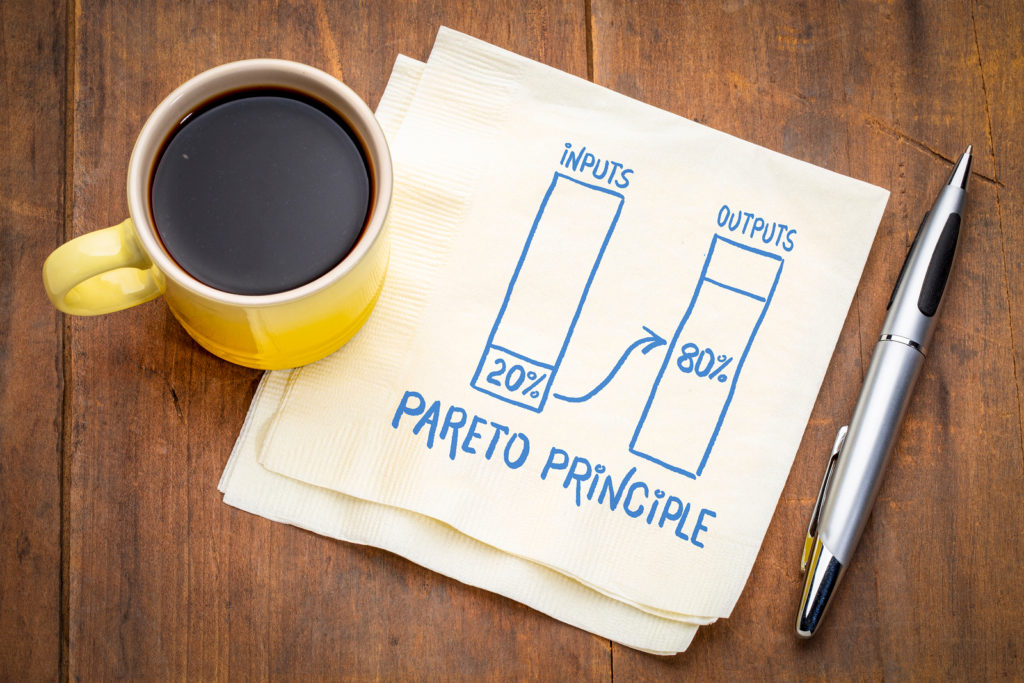If you’ve ever felt like effort is disproportionate to outcome, you’re not alone. This phenomenon even has a name: the Pareto Principle, or the 80/20 Rule. The premise is that an imbalance exists between effort and outcome, and identifying this imbalance can help you focus on doing what’s most important to flip the rule on its head.
In relation to industrial maintenance programs, the Pareto Principle can teach us a lot. For example, if we spend 80% of our time focused on preventive maintenance, we may only end up dealing with unexpected failures 20% of the time. Or, spending 20% more on Original Equipment Manufacturer (OEM) replacement parts may result in an 80% reduction in complications.
The 80/20 balance is prevalent throughout the manufacturing industry. The numbers may not always equate to an even 80/20 ratio, but the premise remains. Smart manufacturers will seek out examples of this balance and work to invest in the positive side of the equation.
Discovering the balance in your maintenance
Maintenance programs are rife with opportunity to tip the scales in your favor. Let’s take a look at a few examples of balance and where the Pareto Principle is at play:
- As mentioned above, preventive and reactive maintenance operate in tandem. Failing to be proactive will force you to be reactive. Therefore, spending more time (80%) on preventive maintenance may reduce the rate of reactive maintenance (20%).
- Outsourcing maintenance is another great example. Handing off 20% of the maintenance for your machinery may eliminate as much as 80% of your parts and equipment inventory costs.
- Equipment longevity has roots in the Pareto Principle. For example, keeping up on 80% of equipment maintenance tasks could drive as much as 20% longer functional lifespan in machinery.
- Finally, it’s important to examine where your maintenance problems are coming from. Chances are, 80% of issues are coming from 20% of your machinery. Knowing this allows you to focus on your approach to corrective action and deliver targeted service.
The key in finding opportunities to apply the Pareto Principle involves identifying action and reaction. Where will action — or inaction — result in a reaction? Once you identify these areas, determine where the imbalance exists. Will more action drive less reaction, or will less action drive a bigger reaction? Focus your efforts on the side yielding positive results.

Making the Pareto Principle work for you
Once you’ve identified examples of the Pareto Principle in your maintenance operations, take steps to put your weight behind the beneficial side of the equation — whether you’re reducing problems or improving results.
An essential step in making the Pareto Principle work for you is relying heavily on Key Performance Indicators (KPIs). Knowing how the balance shapes up in your maintenance actions helps you avoid putting in effort that’s unequal to returns. For example, don’t just stock more parts in an effort to stay ahead of maintenance. Instead, consider a better maintenance schedule based on KPI data of machinery performance, maintenance intervals, or repair costs.
Like all rules, the 80/20 Rule is one we’re always going to be at the mercy of. Understanding the imbalance this rule presents gives you the ability to use it in your favor, instead of letting it govern you.
